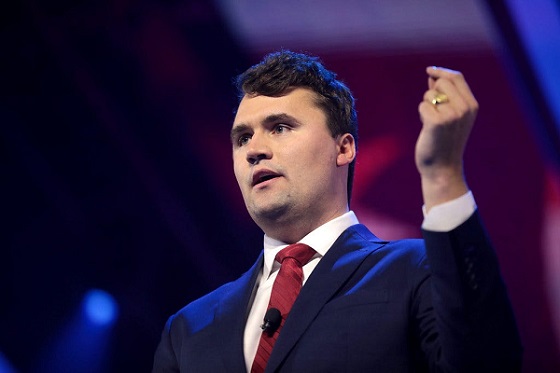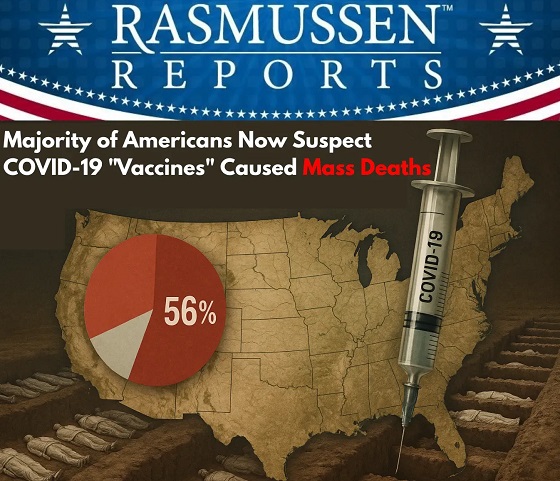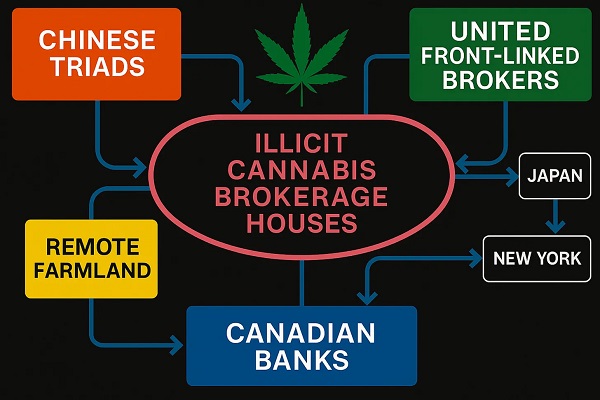Business
PBO report projects soaring deficit and debt interest charges

The Canadian Taxpayers Federation is calling on Prime Minister Mark Carney to cut spending following today’s Parliamentary Budget Officer report forecasting the deficit to “increase sharply.”
“The PBO report should be a five-alarm siren to end the government’s debt-fueled spending spree,” said Franco Terrazzano, CTF Federal Director. “Carney must change course and cut spending because taxpayers can’t afford to pay more than $1 billion every week to cover the government’s debt interest charges.”
The PBO’s Economic and Fiscal Outlook projects this year’s “deficit to increase sharply to $68.5 billion.”
Carney’s annual borrowing will add about $255 billion to the debt over four years, according to today’s PBO report. For comparison, former prime minister Justin Trudeau planned on increasing the debt by $131 billion over those years, according to the most recent Fall Economic Statement.
Debt interest charges will cost taxpayers $55.3 billion this year, according to the PBO. That means the federal government will waste more money paying interest on the debt than it sends to the provinces in health-care transfers ($54.7 billion). Debt interest charges will cost taxpayers $82.4 billion in 2030.
“The federal debt-to-GDP ratio is projected to increase from 41.7 per cent in 2024-25, rising above 43 per cent over the medium term,” according to the PBO.
The Carney government’s spending is projected to increase by billions of dollars every year, according to the PBO.
“Carney sold Canadians on the idea he wasn’t like Trudeau and when it comes to the debt here’s the truth: Carney plans to borrow billions of dollars more than Trudeau,” Terrazzano said. “After a decade of out-of-control spending, Carney must make government more affordable and cut spending.”
The Carney government will release its first budget on Nov. 4.
Business
BC Ferries: Emails Change Everything- Committee to Haul In Freeland & Co.
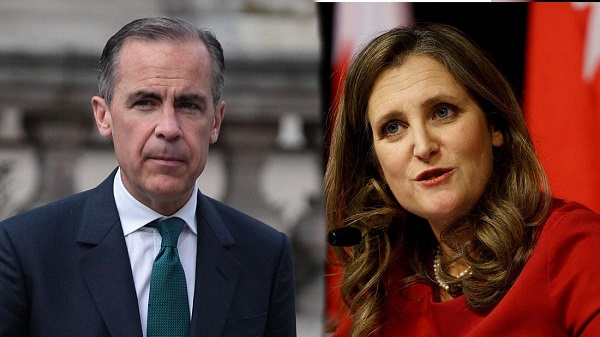
Freeland, Public Safety, Seaspan, Irving, Ontario yards and unions to appear as MPs probe what Ottawa knew and when.
In Ottawa they call it “arm’s-length.” Out in the real world, people call it duck-and-cover. At Meeting No. 6 of the House of Commons transport committee, MPs confronted a simple, damning timeline: Transport Canada’s top non-partisan official was warned six weeks before the public announcement that BC Ferries would award a four-ship contract to a Chinese state-owned yard. Yet the former transport minister, Chrystia Freeland, told Parliament she was “shocked.” Those two facts do not coexist in nature. One is true, or the other is not.
There’s an even bigger betrayal hiding in plain sight. In the last election, this Liberal government campaigned on a Canada-first message—jobs here, supply chains here, steel here. And then, when it actually mattered, they watched a billion-dollar ferry order sail to a PRC state yard with no Canadian-content requirement attached to the federal financing. So much for “Canada first.” Turns out it was “Canada… eventually,” after the press release.
Conservatives put the revelation on the record and asked the only question that matters in a democracy: what did the minister know and when did she know it? The documents they cite don’t suggest confusion; they suggest choreography—ministerial staff emailing the Prime Minister’s Office on how to manage the announcement rather than stop the deal that offshored Canadian work to a Chinese state firm.
Follow the money and it gets worse. A federal Crown lender—the Canada Infrastructure Bank—underwrote $1 billion for BC Ferries and attached no Canadian-content requirement to the financing. In plain English: taxpayers took the risk, Beijing got the jobs. The paper trail presented to MPs is smothered in black ink—hundreds of pages of redactions—with one stray breadcrumb: a partially visible BC Hydro analysis suggesting roughly half a billion dollars in B.C. terminal upgrades to make the “green” ferry plan work. You’re not supposed to see that. You almost didn’t.
How did the government side respond? With a jurisdictional shrug. We’re told, over and over, that BC Ferries is a provincial, arm’s-length corporation; the feds didn’t pick the yard, don’t run the procurement, and therefore shouldn’t be blamed. That line is convenient, and in a technical sense it’s tidy. But it wilts under heat. The federal lender is still federal. The money is still public. If “arm’s-length” means “no accountability,” it’s not a governance model—it’s a get-out-of-jail-free card.
The fallback argument is economic fatalism: no Canadian shipyards bid, we’re told; building here would have taken longer and cost “billions” more. Maybe that’s true, maybe it isn’t—but it’s the sort of claim that demands evidence, not condescension. Because the last time Canadians heard this script, the same political class promised that global supply chains were efficient, cheap and safe. Then reality happened. If domestic capacity is too weak to compete, that’s not an argument for outsourcing permanently; it’s an indictment of the people who let that capacity atrophy. And if you swear “Canada first” on the campaign trail, you don’t bankroll “China first” from the Treasury bench.
Even the process looked like a master class in delay. The committee repeatedly suspended to “circulate” and “review” lengthy motions, while edits ricocheted across the witness list. There were pushes to pare back which ministers would appear at all, and counter-moves to tuck sensitive testimony behind closed doors. In the end, members nudged toward a compromise—Public Safety in open session, other national-security witnesses in camera—but the pattern was unmistakable: every procedural minute spent on choreography was a minute not spent on the timeline.
And after all that stalling, here’s who they’re hauling in—because even Ottawa’s fog machine couldn’t hide the paper trail forever.
They moved to recall Chrystia Freeland herself—the minister who claimed to be “shocked” after her own department had a six-week head start. She’s the centerpiece witness, and rightly so.
On the security front, the Public Safety Minister is slated for an hour in public, followed by an hour with officials, while the national-security reviewers will give their evidence in camera—translation: the part you most want to hear will happen behind closed doors.
Industry voices are on deck too: Seaspan (the transcript garbles it as “C-Span”), Irving Shipbuilding, plus labour and trade heavyweights—the BC Ferries & Marine Workers’ Union, BC Building Trades, the BC Federation of Labour, the Shipyard General Workers Federation, and the Canadian steel producers—the people who can say, under oath, exactly what Ottawa knew and when the alarm bells rang.
They even tacked on Ontario shipyards via a “friendly amendment”—because apparently no one thought to ask central Canada’s yards until the story blew up.
And then the hedge: Liberals worked the amendments to pare back which ministers would face the lights—especially Revenue and Labour—prompting Conservatives to call the move “intolerable.” In other words, invite the easy witnesses, bury the consequential ones. The fight over those two remained live at that point.
So yes, the committee will finally hear from the people who matter—Freeland, Public Safety, shipyards, unions, steel. But notice the choreography: showcase the safe bits in public, tuck the sensitive parts out of view, and keep chipping away at the ministerial witness list. That’s not transparency; that’s stage management with a security badge.
Strip away the talking points and what remains are questions no serious government would duck. When did the minister learn the contract was going to China? What did her office tell the PMO and when? Why did a federal loan—the leverage Ottawa actually controls—carry zero requirement to build any of it here? And why are the documents that might answer those questions buried under redactions thick enough to pave a road?
Canadians are not children. They understand that ferries are essential and that delays are costly. They also understand something else: when a government runs on Canada first and then cheers from the dock as the jobs steam away, that’s not “arm’s-length.” That’s arm’s-length accountability—which is to say, none. Until the emails are unredacted and Chrystia Freeland answers the timeline under oath, the government’s position amounts to this: trust us, the money’s independent, the decisions were someone else’s, and the facts you’re not allowed to see fully vindicate us. Sure. And the check is in the mail.
Subscribe to The Opposition with Dan Knight
Business
Canada’s Future May Lie In Continental Integration
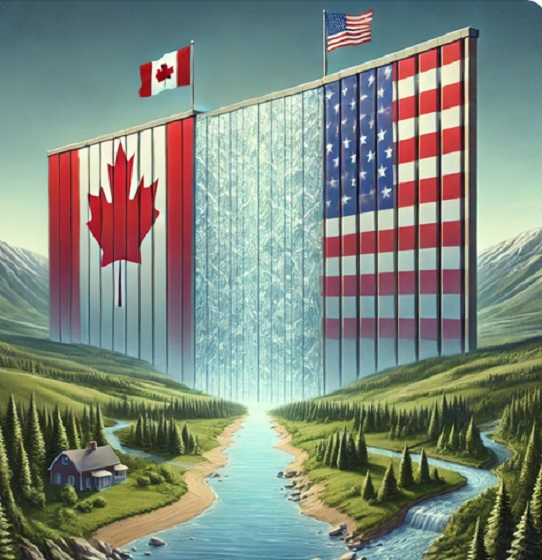
From the Frontier Centre for Public Policy
Only bold economic, regulatory and security integration with the U.S. can rescue Canada from decline and counter China’s influence
A unified market with the U.S. could deliver opportunity, stability and security that Canada can’t achieve alone
With the Canadian middle class shrinking, trade tensions rising, and young Canadians eyeing the exits, Kevin O’Leary’s call for a European-style economic union between Canada and the U.S. might be the bold move Canada needs.
Late last December, the Canadian businessman affectionately known as Mr. Wonderful, reignited a long-simmering debate over “continentalism,” the idea that Canada and the United States should pursue deeper economic, political and social integration—perhaps even a full union.
Unluckily for O’Leary, his pitch landed with the grace of a lead balloon. Incoming president Donald Trump promptly declared that Canada should just become the 51st state. So much for subtle diplomacy.
Trump’s blunt response deflated any serious talk of continentalism—and the idea was soon buried under growing political friction between Ottawa and Washington.
Continentalism has a long and surprisingly respectable pedigree in Canada. After Confederation in 1867, British-born Canadian intellectual Goldwin Smith—then one of the country’s most prominent thinkers—emerged as a champion of North American integration. His 1891 book Canada and the Canadian Question laid out a detailed case for union with the U.S. Opposing camps favoured clinging to the British Empire or forging total Canadian independence, neither of which answered the structural weaknesses of a relatively small, export-dependent economy trying to compete on a global scale.
Today, the rationale for a Can-Am union is arguably stronger than ever. A truly unified North American market—underpinned by shared rules, a common currency and harmonized supply chains—would reduce transaction costs, attract capital and boost investor confidence. Regulatory coherence would also drive trade and secure access to critical materials without relying on unstable suppliers or hostile regimes.
Beyond the economics, labour mobility could ease shortages, fill demographic gaps and open new doors for ambitious workers. For many young Canadians, continental freedom of movement might not just be appealing—it may be essential. The ability to live and work seamlessly across a vast, integrated market could create a new generation of mobile, prosperous professionals less bound by national economic stagnation.
Critics often frame continentalism as capitulation. But in truth, it would require careful negotiation, robust constitutional safeguards and strong protections for Canadian identity. It’s not about assimilation—it’s about adaptation in a changing world. If the European Union can coordinate 27 nations with different languages, histories and political systems, surely two long-time allies sharing a common border and a common language can devise an arrangement that respects sovereignty while fostering opportunity.
Together, Canada and the U.S. represent nearly 389 million people across 19.8 million square kilometres, producing close to $32 trillion in GDP. That’s not a bad bloc to belong to.
A continental order would also strengthen the geopolitical clout and security of both nations. A unified democratic bloc based on free enterprise could rival China, Russia and other authoritarian players. With a southern border wall already up, North American security could be reinforced with joint enforcement against illegal migration and drug smuggling. Shared intelligence and military coordination would enhance defence in a volatile multipolar world. This kind of integration could also counter rising cyber threats, energy insecurity and supply chain instability that neither country can fully address alone.
An EU-style North American council or commission could allow for cooperative decision-making without erasing national sovereignty. Unlike outright federation, this approach would preserve Canada’s independent institutions while offering a forum for joint policy development, dispute resolution and regional economic planning. If Germany, France, Italy, Spain and Portugal can make it work—despite centuries of war and deep cultural divisions—surely we can too.
Of course, resistance is alive and well.
Powerful interest groups recoil at anything that threatens their turf. Big Labour warns of wage erosion in a common job market. Canadian politicians fear cultural absorption. American lawmakers don’t like sharing the steering wheel. Even among the public, knee-jerk nationalism often drowns out sober economic analysis.
Still, reality is making continentalism harder to ignore. Ambitious Canadians trapped in a declining middle class are looking for exits—and for some, continental mobility may be the only way out. Many are already voting with their feet. In 2024 alone, roughly 106,000 Canadians left the country, one of the biggest outbound waves in recent memory.
Despite Ottawa’s steady stream of anti-American messaging, the U.S. remains destination No. 1. More than a million Canadians now call it home. And that number is likely to grow as Canadian living costs rise and public services strain under demographic and fiscal pressure.
As Harold Wilson once said: “He who rejects change is the architect of decay. The only human institution which rejects progress is the cemetery.”
Continentalism may not be the only answer—but refusing to even ask the question is a luxury we can no longer afford.
William Brooks is a senior fellow at the Frontier Centre for Public Policy. He writes on cultural identity, democracy and Canadian institutions.
-
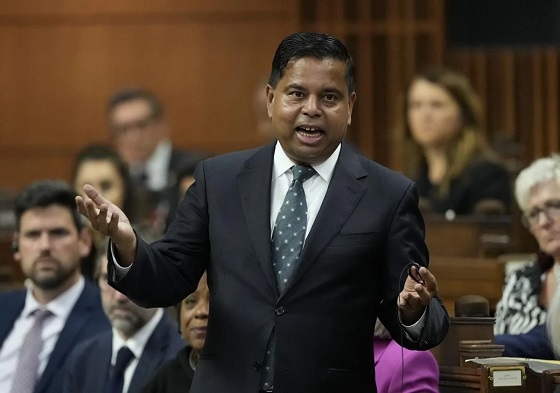
 Business2 days ago
Business2 days agoThe Leaked Conversation at the heart of the federal Gun Buyback Boondoggle
-
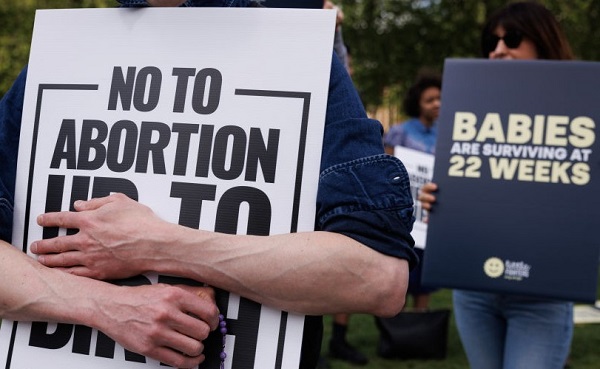
 Alberta18 hours ago
Alberta18 hours agoAlberta pro-lifers demand protections for infants born alive after failed abortions
-

 Business1 day ago
Business1 day agoWEF has a plan to overhaul the global financial system by monetizing nature
-
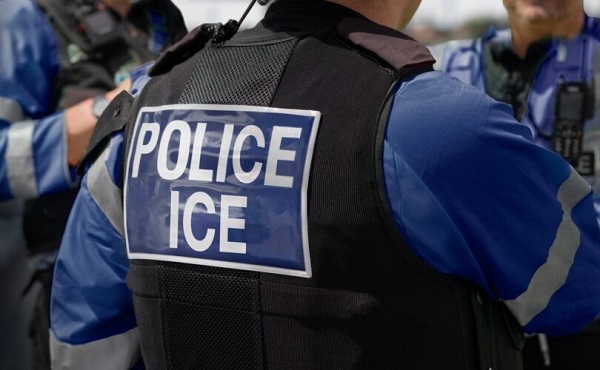
 Crime1 day ago
Crime1 day ago1 dead, 2 injured after shooting at Dallas ICE facility
-
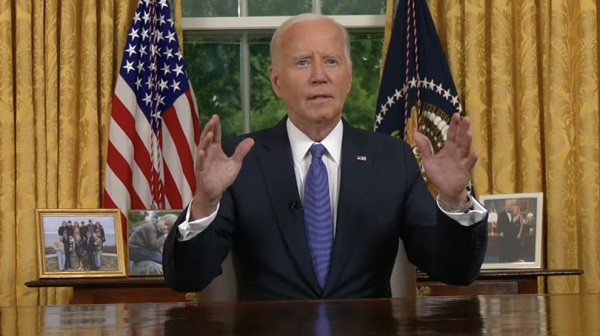
 Business2 days ago
Business2 days agoGoogle says Biden admin ‘pressed’ it to censor some COVID-19 content
-

 Daily Caller22 hours ago
Daily Caller22 hours agoTrump’s Ultimatum To Europe On Russian Oil
-
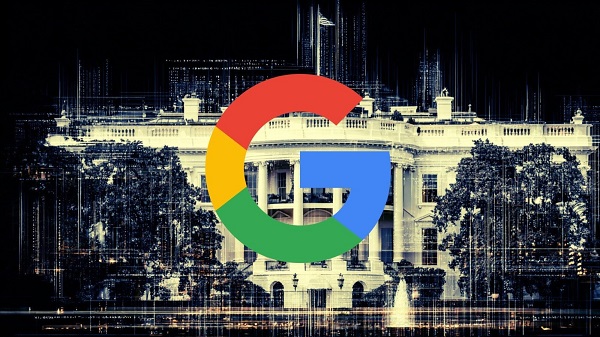
 Business2 days ago
Business2 days agoGoogle Admits Biden White House Pressured Content Removal, Promises to Restore Banned YouTube Accounts
-

 espionage1 day ago
espionage1 day agoCanada Under Siege: Sparking a National Dialogue on Security and Corruption




